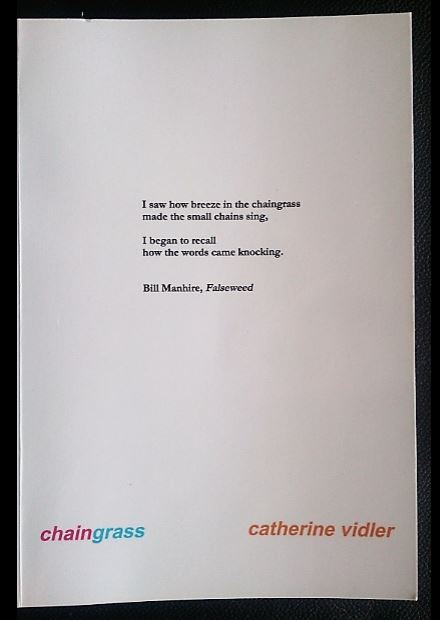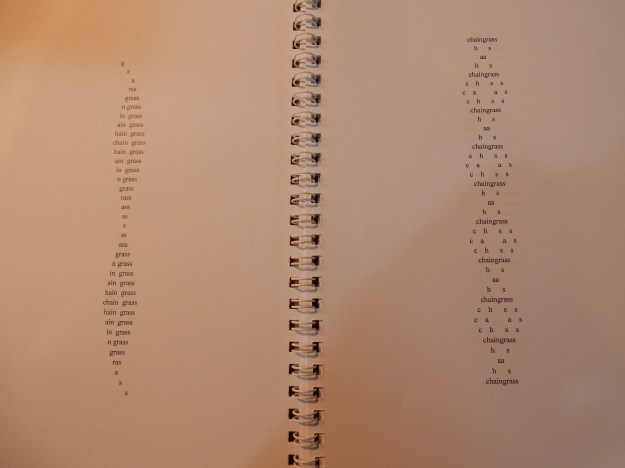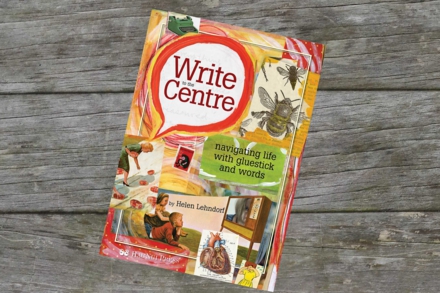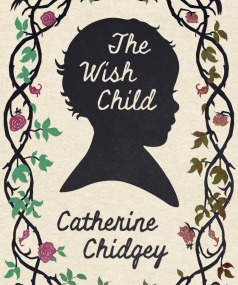Catherine Vidler has used Bill Manhire’s poem ‘Falseweed’ as the starting point for a series of poems. I am hesitant to name this endeavour concrete poetry. I am not sure why. Perhaps because although the poems plant a visual imprint on the page, a tangible icon to lock eyes upon, the effect is more like a kinetic web, an ethereal tissue that evokes memory, anecdote, fleeting sensations. I have seen these poems referred to as visual poetry.

The cover of the paperback (SoD)
Bill’s lines haunt – a kind of causeway to daydreams. Catherine has set up camp on the causeway and in an almost stream-of-conscious way lets Bill’s words float and tumble and take shape. Sometimes I see the visual imprint but I can no longer read the words with my myopia. That doesn’t matter to me. I know the words are there. Sometimes they are lost in smudged grey blocks of once-were-words. I get the nostalgic kick of cross stitch – me at school in the sixties making thread patterns on linen like generations of women before me. I was never very good and found my mind wandering to patterns in the sky.
Then again it is like trying to catch a dandelion kiss and blow it to your grandmother. The tissue poems are like a map of a mind wandering from the poetic line. At times a molecular snapshot, at times the pattern of a choreographer, at times the movement of the wind. Accepting the book on these terms, my terms really, no page is static.
I am reminded of the utter of joy of abstract art. In Paris I sat in front of Gerhard Richter’s mound of yellow pollen for an hour, sitting and looking at the yellow. It began to move and hum – just as yellow on a canvas can move and hum – and lift you beyond colour, can sink and submerge you in colour. It’s not like I entered a Zen-like space – I instead entered a fullness, a richness of experience that braided physical images with deep feeling.
If you are going to read this book the verb ‘to read’ acquires new dimensions.
Catherine’s chaingrass poems also appear in a smaller chapbook. There is a sense (sensation) of leafing through the long grass because it is the long-grass poems that have made it here. Shuffle too and fro, your eye catches glints of wordchains and you are caught in the long grass. The white space renders the word stamp elegant, skeletal like a leaf-haul in autumn; altogether beautiful and mesmerising. Yet there is change, transformation, a magnetic pull of letters to displace and connect the word fragments. The grass is memory. By this point the visual dance, almost molecular, shifts to a new key, and yes, it becomes music.

The cover of the chapbook (zimZalla)
For the big, Stale Objects dePress book:
chaingrass, SOd press 2016
The book can be purchased online through Lulu here.
For the zimZalla book:
Chaingrass, zimZalla obect 039, 2016, zimzalla.co.uk
The book can be purchased online at zimZalla’s object page
Catherine Vidler‘s collection Furious Triangle was published by Puncher & Wattmann in 2011. She is the editor of trans-Tasman literary magazine Snorkel.

from chaingrass the chapbook











